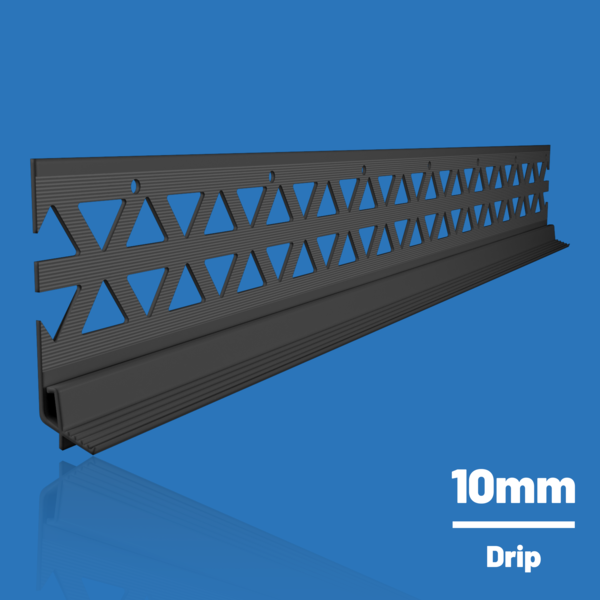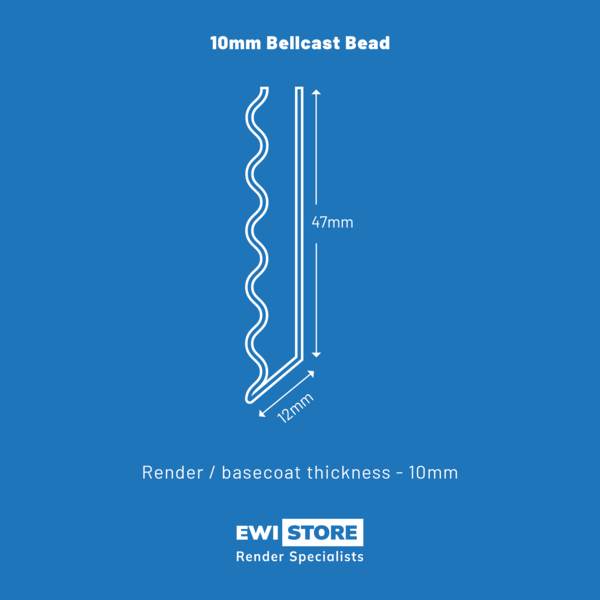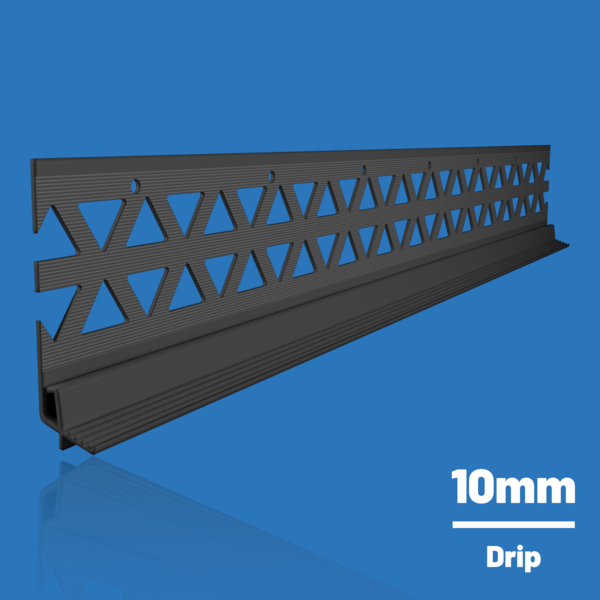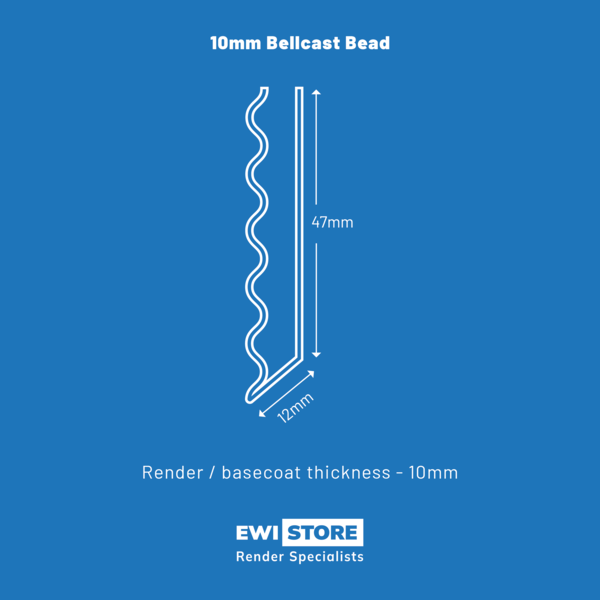Render beads are profiles made from materials like PVC, stainless steel, or aluminium, used to shape, reinforce, and protect rendered surfaces. They provide clean lines, define edges, and prevent cracking in vulnerable areas such as corners, window reveals, and expansion joints.
-
In Thin Coat Systems: Render beads help reinforce the lightweight, flexible finishes typically applied over insulation boards. They ensure the render is evenly applied, prevent damage at edges, and accommodate movement.
-
In Monocouche Systems: Because monocouche render is applied thickly in a single coat, beads are vital for structural support, alignment, and crack prevention. They also contribute to the visual sharpness of edges and transitions.
In all render systems, beads play a crucial role in both aesthetic finish and long-term durability.





